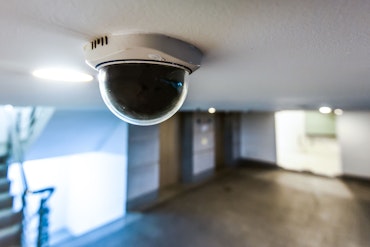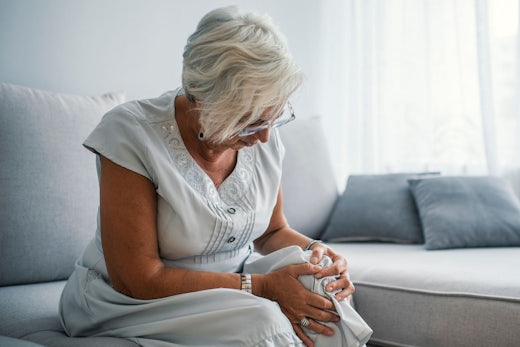Housing costs ‘crippling’ for senior Australians
New research released this week from leading consumer and tenancy groups has shone the spotlight on difficulties faced by senior female renters across Australia.

‘Disrupted’ shows nearly half of women over 55 who rent live alone, compared with 22 percent of the rest of the population. (Source: Shutterstock)
Disrupted– the second report commissioned by CHOICE, National Shelter, and The National Association of Tenant Organisations (NATO), reveals two thirds of women renters over 55 would find a rent increase more difficult to afford compared to the rest of the population.
The two-page report also shows over half of Australians who rent are living in homes that need repairs, and 44 percent of renters are afraid a repair request could lead to eviction.
Debra, 66, of Victoria features in the report and shares some difficulties with being a single renter.
“I’ve rented all my life and I’m 62. I can’t afford to buy, being on a disability pension. I long to be settled somewhere,” she says.
“[My] current landlord has ignored my maintenance requests for four months now. He won’t spend money unless it’s an absolute emergency and then only when threatened.”
The report shows nearly half of women over 55 who rent live alone, compared with 22 percent of the rest of the population, with 66 percent saying that would find a 10 percent rent increase very difficult or difficult to afford, compared with 39 percent of the rest of the population.
The demographic is also three times more likely to be renting due to “other personal or financial circumstances” than other people who rent.
National Shelter Executive Officer Adrian Pisarski says it’s concerning that so many older women are in rental stress.
“Data from the Australian Institute of Health and Welfare, Australian Bureau of Statistics ABS and others shows that women over 55 are the fastest growing cohort of people experiencing homelessness,” he says. “[Disrupted] reinforces the vulnerability of this group.”
“The number living alone is very high compared with the rest of the population. We understand there are barriers to older women sharing [housing]…the fact they would struggle with rent rises is no surprise at all.”
National Seniors Chief Advocate Ian Henshcke says the figures reinforce the ongoing issue of housing affordability for senior Australians.
“It’s really worrying what’s going on,” he says. “The same information is in report after report that has come out in recent times.”
“There are people who are struggling so badly, and it is becoming really obvious that this [older female renter] group is needing the most help in our society.”
“The rate of homeownership among senior Australians is falling, and falling fast. Renting, and not owning their own home, is the biggest indicator someone will suffer pension poverty or poverty in old age.”
The report shows 66 percent of female renters over 55 previously owned a residential home but no longer own it, compared with 27 percent of other renters.
Mr Pisarski says many factors can contribute to this statistic.
“Factors may include lower relative incomes and a lack of superannuation for pensioners, which impacts on their income and assets tests, and probably being a less attractive proposition for property owners and agents when offering properties to rent.”
“Women also often care for children and elderly relatives, and have time out of the workforce for these family duties, leading to less superannuation,” Mr Henschke adds.
“Living costs can be crippling for anyone living alone, let alone a senior renter.”
In an effort to combat this issue, National Seniors has launched a national campaign with the Benevolent Society called Fix Pension Poverty to advocate for a decent standard of wellbeing for people on the age pension in Australia.
The campaign is calling on the Government to increase rent assistance by at least 30 percent for couples and 50 percent for singles, and to index the payment to rental costs.
“We are calling on the Government to set up an independent tribunal to look at rent assistance as it stands to see whether it sufficient or not to keep people out of poverty,” Mr Henschke says.
“It doesn’t appear to at the moment, as there are people spending 60-70 percent of their pension on rent.”
“We hear of people who turn the hot water system off in summer and going without air conditioning in summer to keep costs down.”
Read the full Disrupted report here.
Learn more about the Fix Pension Poverty campaign here.











![The new Aged Care Act exposure draft is slated for release in December of 2023, but advocates hope to see it rolled out on January 1, 2024. [Source: Shutterstock]](https://agedcareguide-assets.imgix.net/news/articles/wp/agedcareact__0811.jpg?fm=pjpg&w=520&format=auto&q=65)












Comments